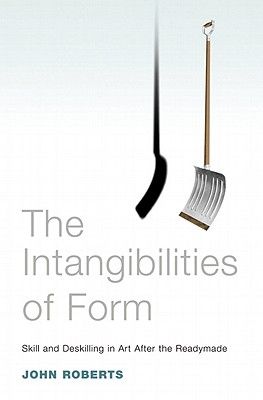HOARD: Towards an Archaeology of the Artists Mind
22 February 2013, 7-9pm
Building 3, City West Business Park, Gelderd Rd, Leeds, West Yorkshire LS12 6LX
Artists: Louise Ashcroft, Alice Bradshaw, Lucy Crouch, Gillian Dyson, Sarah Francis, Gill Greenhough, Fritha Jenkins, Hayley McColl, Christopher Mollon, Chris Wright, Adam Young.
A year-long project in Leeds. A group of artists are hoarding objects and artifacts relating to their practice: finished artworks, props, curiosities, documents, traces, plans, remnants.
These objects will become the starting point for new works and performances. The contents of the space will be a physical realisation of the minds of the artists as they evolve over the course of a year. Every two months, for an evening, the space will be open for viewings of this ongoing process of transformation, which will be recorded in the form of an online publication at the end of the year.
https://www.facebook.com/events/293720557424332
For HOARD, I have collected every item of rubbish from my art practice during 2012 that would have otherwise been thrown away. In defining what is related to my practice as an artist, I’ve kept the rubbish which is produced through activities such as the physical production of art objects, posting, transporting and exhibiting work, researching and visiting other events and exhibitions. I’ve also included in the collection the rubbish which is produced whilst undertaking these primary activities such as coffee drunk in the studio, wine drunk in meetings, tights laddered on art and detritus from medical circumstances impacting on my practice.
This HOARD documents one calendar year of my life in the form of the negatives of practice. Each object has a personal history and narrative connected to my practice and the various activities that comprise my artistic life. They are the offcuts, the misprints, the used and consumed and the watched, attended and discussed. Objects that do not appear in the HOARD include diaries, sketchbooks and notebooks, receipts needed for tax returns, books, materials that might by used for future works and any other objects considered to have potential use value. Objects which are considered works of art are also not included in the HOARD.
Each item of rubbish is photographed and catalogued in chronological order (month by month) and analysed. A total of 745 items have been collected and processed in this way.









